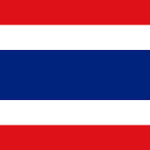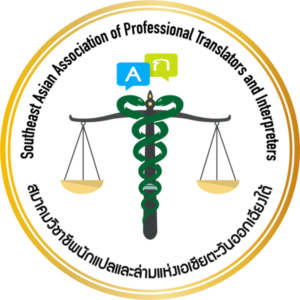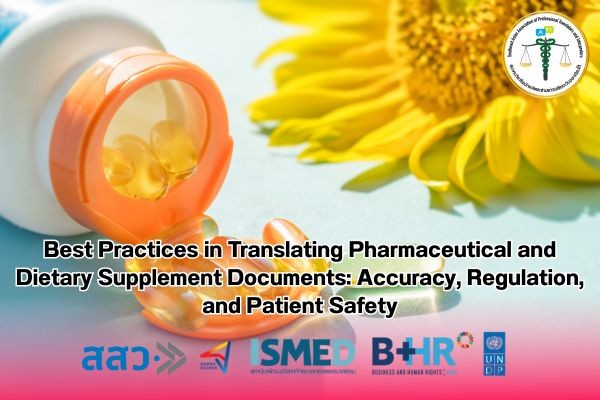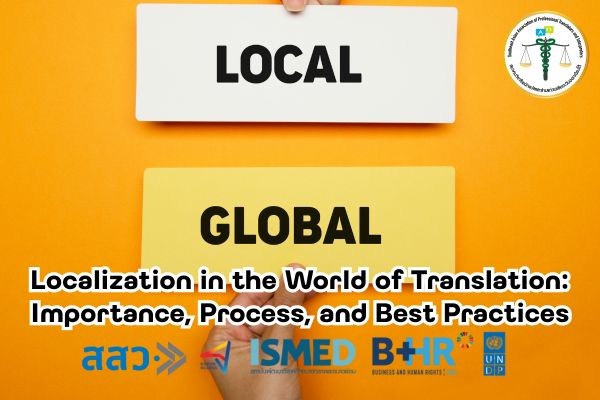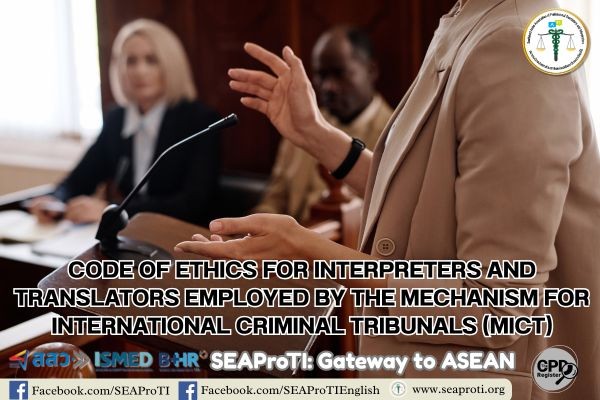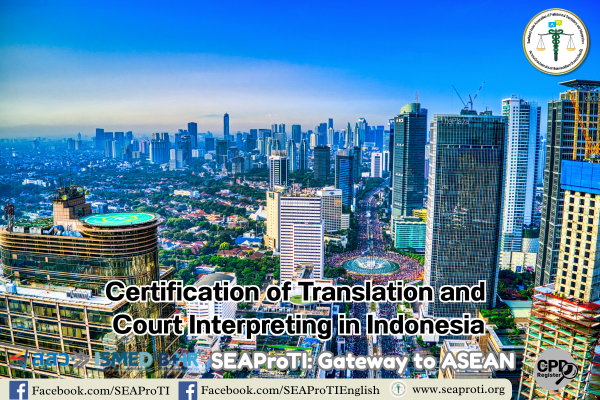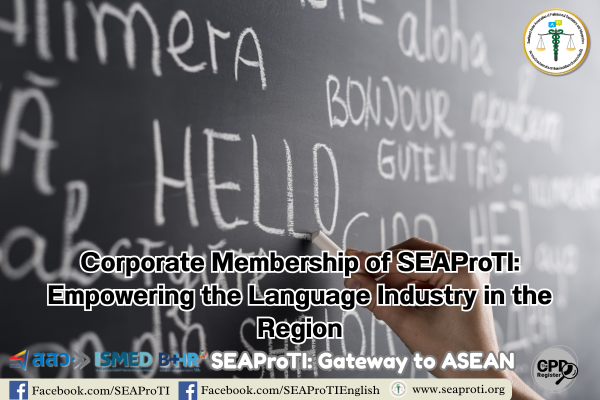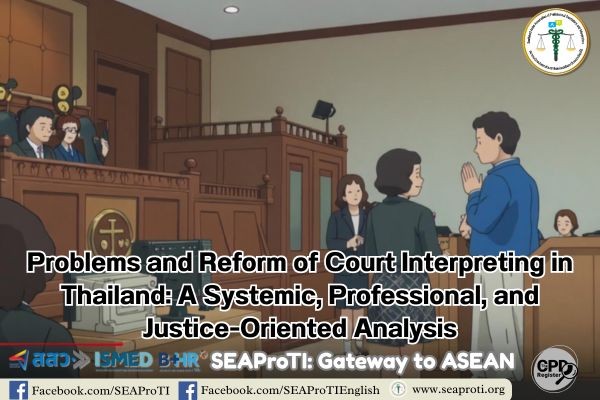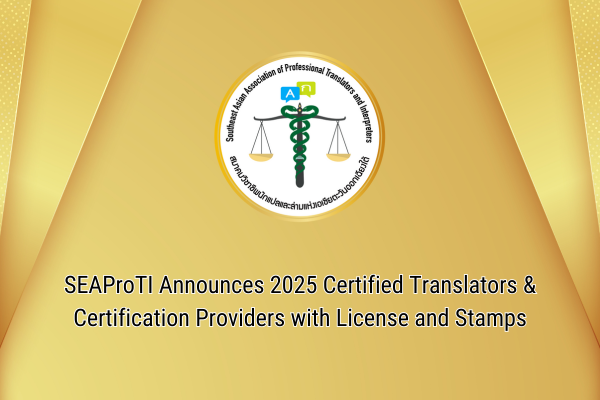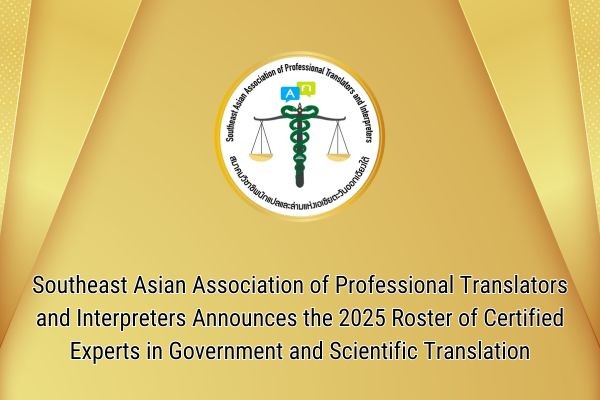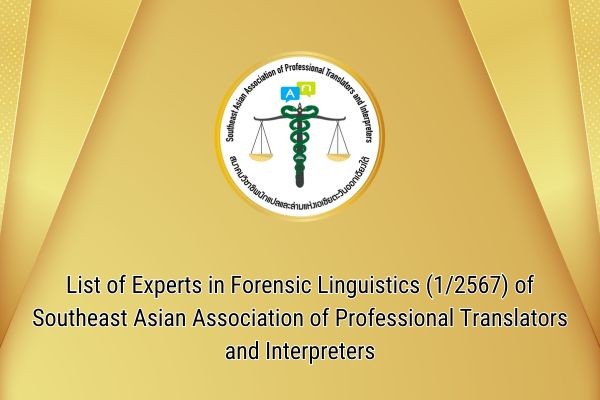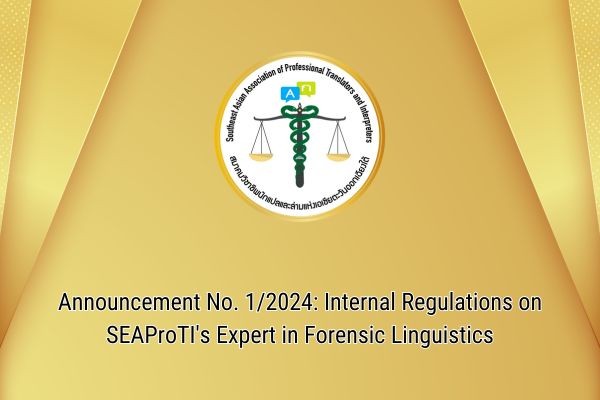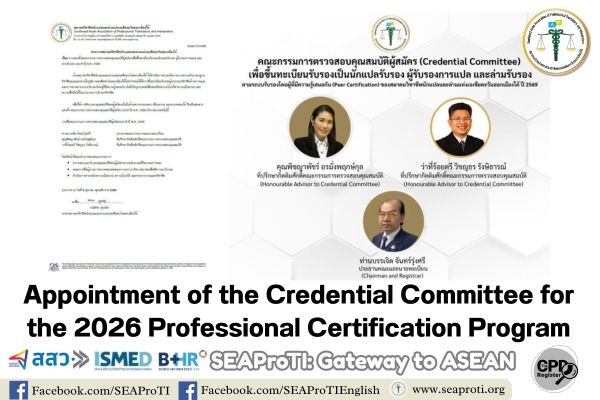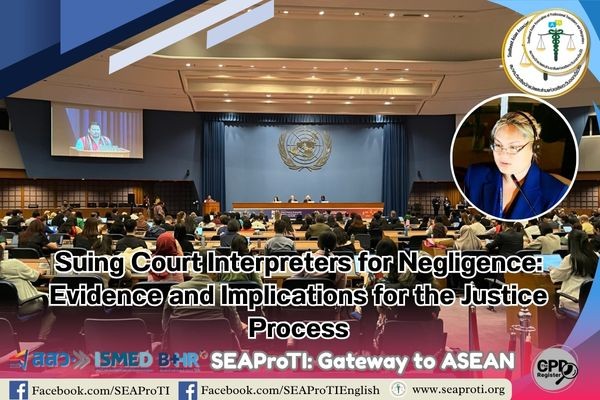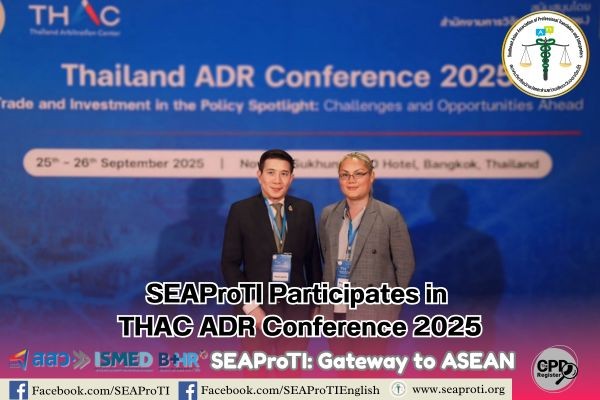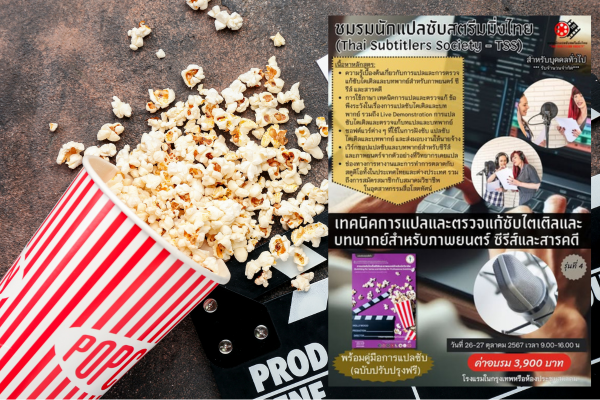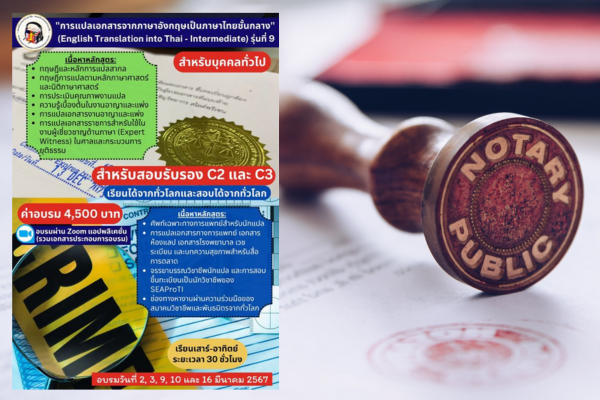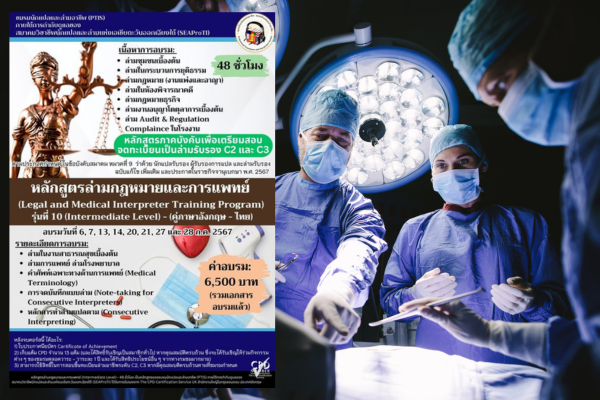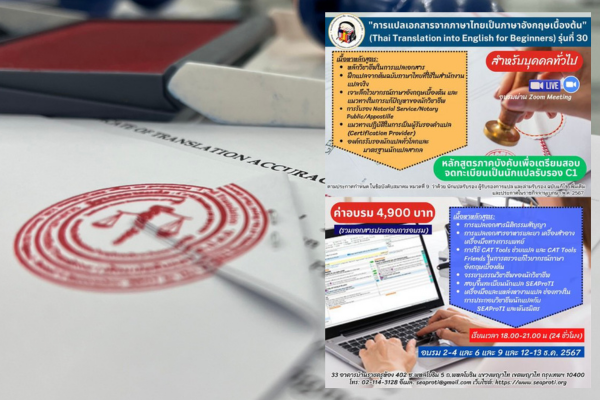Best Practices in Translating Pharmaceutical and Dietary Supplement Documents: Accuracy, Regulation, and Patient Safety
22 July 2568, Bangkok – The translation of pharmaceutical and dietary supplement documents is a highly sensitive task involving medical, legal, and regulatory considerations. Errors in translation can pose risks to public health, violate national regulatory standards, and lead to misinformation. This article outlines the critical challenges and best practices in translating such documents, with a particular focus on the Thai Food and Drug Administration (FDA) requirements. It emphasizes the need for subject matter expertise, terminology consistency, cultural adaptation, and rigorous quality assurance processes.
Introduction
Pharmaceutical and dietary supplement documentation—including labels, patient information leaflets (PILs), and package inserts—plays a crucial role in informing healthcare providers and consumers. Inaccurate translation of such documents may lead to improper use, adverse reactions, or regulatory non-compliance (Byrne, 2012). Given the global nature of pharmaceutical trade and the complexity of medical language, translators in this domain must ensure the highest levels of precision and cultural relevance (Montalt & González Davies, 2014).
Key Challenges in Pharmaceutical and Supplement Translation
1. Specialized Terminology
Medical and pharmacological texts are replete with technical terms. Translators must possess in-depth knowledge of life sciences and maintain consistency across documents (O’Neill, 1998). Misinterpretation of terms such as “contraindication” or “half-life” can have life-threatening consequences.
2. Diverse Regulatory Frameworks
Each country has its own regulatory body, such as the U.S. FDA, the European Medicines Agency (EMA), and Thailand’s FDA. These institutions impose distinct labelling and documentation requirements (European Medicines Agency [EMA], 2020). Translators must adapt the content to meet these regulatory standards without altering the intended meaning.
3. Patient Safety
Patient-facing materials must be easily understood while retaining medical accuracy. Miscommunication due to poor translation could lead to incorrect dosage, misunderstanding of side effects, or disregard for contraindications (Raynor et al., 2007).
4. Cultural Adaptation
Cultural competence is vital when translating content for diverse populations. A phrase deemed neutral in one language may be culturally insensitive or incomprehensible in another (Koskinen, 2010). Translators must ensure the target audience fully comprehends the instructions and warnings.
Best Practices in Pharmaceutical and Supplement Translation
1. Engaging Specialized Translators
Professional translators with training in pharmacology or medical science are essential. Native-level fluency in the target language ensures idiomatic, clear communication (Drug Information Association, 2011).
2. Implementing a Rigorous Quality Assurance Process
A robust QA workflow includes:
- Translation & Editing: Dual-linguist workflow for accuracy.
- Proofreading: Final check for grammar, spelling, and format.
- Back-Translation: Comparing translated content with the source for clinical documents to detect deviations in meaning (Sperber, 2004).
3. Terminology Management
Glossaries and style guides help ensure consistency across projects. Use of standardized databases like MedDRA (Medical Dictionary for Regulatory Activities) is encouraged (Macedo dos Santos & da Silva, 2012).
4. Using Translation Technology
Computer-Assisted Translation (CAT) tools with Translation Memory (TM) improve efficiency and maintain uniformity. While these tools aid consistency, human oversight remains indispensable (Bowker & Pearson, 2002).
Thai FDA Requirements for Translation
Thailand’s FDA mandates the use of Thai language on all pharmaceutical and supplement labels, even if multilingual labeling is used (Thai FDA, 2022). Key points include:
- Pharmaceutical Labels: Must include the drug name, registration number, active ingredients, manufacturer/importer details, expiration date, and usage warnings.
- Dietary Supplements: Required to display food serial numbers, ingredients, net quantity, usage instructions, and allergen information if applicable.
- Package Inserts: Must be approved by the Thai FDA, in Thai, and cover pharmacology, indications, dosage, and adverse reactions.
Conclusion
Translating pharmaceutical and dietary supplement documentation is far more than a linguistic exercise—it is a specialized, high-stakes task requiring scientific knowledge, cultural sensitivity, regulatory awareness, and meticulous quality control. Adhering to international and local standards, especially those set by the Thai FDA, ensures that consumers receive accurate, safe, and legally compliant information.
References
- Bowker, L., & Pearson, J. (2002). Working with specialized language: A practical guide to using corpora. Routledge.
- Byrne, J. (2012). Scientific and technical translation explained: A nuts and bolts guide for beginners. Routledge.
- Drug Information Association. (2011). Translation and globalization in the life sciences industry. DIA Global.
- European Medicines Agency. (2020). Guideline on the readability of the labelling and package leaflet of medicinal products for human use. https://www.ema.europa.eu
- Koskinen, K. (2010). Translating institutions: An ethnographic study of EU translation. Routledge.
- Macedo dos Santos, R., & da Silva, M. J. (2012). Translation of package inserts for medicines: Some aspects of their language. Revista de Saúde Pública, 46(6), 1077–1083. https://doi.org/10.1590/S0034-89102012000600023
- Montalt, V., & González Davies, M. (2014). Medical translation step by step: Learning by drafting. Routledge.
- O’Neill, M. (1998). Who makes a better medical translator: The Medically knowledgeable linguist or the linguistically knowledgeable medical professional? TTR: Traduction, Terminologie, Rédaction, 11(1), 69–89. https://doi.org/10.7202/037302ar
- Raynor, D. K., Blenkinsopp, A., Knapp, P., Grime, J., Nicolson, D. J., Pollock, K., & Ravert, M. (2007). A systematic review of quantitative and qualitative research on the role and effectiveness of written information available to patients about individual medicines. Health Technology Assessment, 11(5), 1–160.
- Sperber, A. D. (2004). Translation and validation of study instruments for cross-cultural research. Gastroenterology, 126(1), S124–S128. https://doi.org/10.1053/j.gastro.2003.10.016
- Thai Food and Drug Administration. (2022). Guideline for labeling of imported drugs and dietary supplements. Ministry of Public Health, Thailand.
- Failure to comply can result in rejection of market authorization applications or product recall.
SEAProTI’s certified translators, translation certification providers, and certified interpreters:
The Southeast Asian Association of Professional Translators and Interpreters (SEAProTI) has officially announced the criteria and qualifications for individuals to register as “Certified Translators,” “Translation Certification Providers,” and “Certified Interpreters” under the association’s regulations. These guidelines are detailed in Sections 9 and 10 of the Royal Thai Government Gazette, issued by the Secretariat of the Cabinet under the Office of the Prime Minister of the Kingdom of Thailand, dated July 25, 2024, Volume 141, Part 66 Ng, Page 100. the Royal Thai Government Gazette
แนวปฏิบัติที่ดีที่สุดในการแปลเอกสารยาและอาหารเสริม: ความแม่นยำ ข้อกำหนดทางกฎหมาย และความปลอดภัยของผู้บริโภค
การแปลเอกสารยาและอาหารเสริมเป็นกระบวนการที่ละเอียดอ่อนอย่างยิ่งซึ่งเกี่ยวข้องกับองค์ประกอบด้านการแพทย์ กฎหมาย และกฎระเบียบข้อบังคับ หากเกิดความผิดพลาดในการแปล อาจก่อให้เกิดความเสี่ยงต่อสุขภาพของประชาชน เป็นการละเมิดกฎหมายของประเทศที่เกี่ยวข้อง และนำไปสู่การเผยแพร่ข้อมูลที่ไม่ถูกต้อง บทความนี้นำเสนอความท้าทายที่สำคัญและแนวปฏิบัติที่ดีที่สุดในการแปลเอกสารประเภทนี้ โดยให้ความสำคัญกับข้อกำหนดของสำนักงานคณะกรรมการอาหารและยา (อย.) ประเทศไทย ทั้งนี้ยังเน้นถึงความจำเป็นในการมีผู้เชี่ยวชาญเฉพาะทาง การบริหารจัดการคำศัพท์อย่างเป็นระบบ การปรับเนื้อหาให้เหมาะสมกับวัฒนธรรม และกระบวนการประกันคุณภาพที่เข้มงวด
บทนำ
เอกสารยาและอาหารเสริม ไม่ว่าจะเป็นฉลาก เอกสารข้อมูลสำหรับผู้ป่วย (PIL) หรือเอกสารกำกับยา มีบทบาทสำคัญในการให้ข้อมูลแก่ผู้เชี่ยวชาญด้านสุขภาพและผู้บริโภค หากการแปลผิดพลาด อาจทำให้ผู้บริโภคใช้ผลิตภัณฑ์ไม่ถูกต้อง เกิดผลข้างเคียง หรือไม่ปฏิบัติตามข้อบังคับของรัฐ (Byrne, 2012) ด้วยเหตุนี้ ผู้แปลในสาขานี้จึงต้องมีความเชี่ยวชาญเฉพาะทาง มีความเข้าใจทางการแพทย์และสามารถปรับเนื้อหาให้เหมาะสมกับวัฒนธรรมของผู้ใช้ปลายทางได้อย่างถูกต้อง (Montalt & González Davies, 2014)
ความท้าทายสำคัญในการแปลเอกสารยาและอาหารเสริม
1. คำศัพท์เฉพาะทางที่ซับซ้อน
เอกสารด้านการแพทย์และเภสัชกรรมมักมีคำศัพท์เทคนิคจำนวนมาก ผู้แปลจึงต้องมีความรู้ด้านวิทยาศาสตร์สุขภาพอย่างลึกซึ้ง และสามารถรักษาความสม่ำเสมอของการใช้คำศัพท์ได้ (O’Neill, 1998) ความคลาดเคลื่อน เช่น แปลคำว่า “contraindication” ผิด อาจนำไปสู่ความเข้าใจที่ผิดและเกิดอันตรายแก่ผู้ใช้
2. กรอบข้อบังคับที่แตกต่างกันในแต่ละประเทศ
แต่ละประเทศมีหน่วยงานกำกับดูแล เช่น FDA ของสหรัฐอเมริกา, EMA ของสหภาพยุโรป และ อย. ของไทย ซึ่งมีกฎเกณฑ์เกี่ยวกับฉลากและเอกสารประกอบการใช้ที่แตกต่างกัน (EMA, 2020) ผู้แปลจำเป็นต้องปรับเนื้อหาให้เป็นไปตามข้อกำหนดของหน่วยงานเหล่านี้ โดยไม่ทำให้ความหมายเดิมเปลี่ยนแปลง
3. ความปลอดภัยของผู้บริโภค
เอกสารที่ใช้สำหรับผู้ป่วยต้องใช้ภาษาที่ชัดเจน เข้าใจง่าย และแม่นยำ การแปลที่ไม่ชัดเจนอาจนำไปสู่การใช้ยาผิดขนาด หรือไม่ตระหนักถึงข้อควรระวังที่สำคัญ (Raynor et al., 2007)
4. การปรับให้เข้ากับวัฒนธรรม
ความเข้าใจทางวัฒนธรรมมีความสำคัญอย่างยิ่ง โดยคำบางคำที่เป็นกลางในภาษาใดภาษาหนึ่ง อาจสื่อความหมายเชิงลบในอีกวัฒนธรรมหนึ่งได้ (Koskinen, 2010) ผู้แปลจึงต้องมั่นใจว่าเนื้อหาสื่อสารอย่างมีประสิทธิภาพและเหมาะสมกับกลุ่มเป้าหมาย
แนวปฏิบัติที่ดีที่สุดในการแปลเอกสารยาและอาหารเสริม
1. การเลือกใช้ผู้แปลที่เชี่ยวชาญ
ผู้แปลควรมีพื้นฐานความรู้ด้านการแพทย์หรือเภสัชศาสตร์ และควรเป็นเจ้าของภาษาเป้าหมายเพื่อให้ภาษาเป็นธรรมชาติและถูกต้อง (Drug Information Association, 2011)
2. กระบวนการประกันคุณภาพที่เข้มงวด
- การแปลและการตรวจแก้: ควรมีผู้แปลอย่างน้อย 2 คน ทำหน้าที่แปลและตรวจสอบความถูกต้อง
- การพิสูจน์อักษร: ตรวจไวยากรณ์ การสะกด และรูปแบบเอกสาร
- การแปลย้อนกลับ (Back Translation): โดยเฉพาะเอกสารด้านการวิจัย อาจต้องแปลกลับเป็นภาษาต้นฉบับเพื่อเปรียบเทียบความหมาย (Sperber, 2004)
3. การบริหารจัดการคำศัพท์
การสร้างอภิธานศัพท์และคู่มือการใช้ภาษาเป็นสิ่งจำเป็นเพื่อความสม่ำเสมอ อาจอิงจากฐานข้อมูลมาตรฐาน เช่น MedDRA (Macedo dos Santos & da Silva, 2012)
4. การใช้เทคโนโลยีช่วยแปล
CAT tools และ Translation Memory (TM) ช่วยเพิ่มประสิทธิภาพและความสม่ำเสมอ แต่อย่างไรก็ดี ไม่สามารถแทนที่ผู้แปลมืออาชีพได้ (Bowker & Pearson, 2002)
ข้อกำหนดของสำนักงานคณะกรรมการอาหารและยา (อย.) ประเทศไทยอย. กำหนดให้เอกสารยาและอาหารเสริมที่จำหน่ายในประเทศต้องมีข้อมูลภาษาไทยอย่างชัดเจน แม้จะมีภาษาอื่นประกอบอยู่ก็ตาม (Thai FDA, 2022)
- ยา: ต้องมีชื่อยา เลขทะเบียน ส่วนประกอบ ปริมาณ ชื่อและที่อยู่ผู้ผลิต/นำเข้า วันผลิต วันหมดอายุ คำเตือน และข้อควรระวัง
- อาหารเสริม: ต้องมีเลขสารบบอาหาร ชื่อผู้ผลิต/ผู้นำเข้า ปริมาณสุทธิ ส่วนประกอบ คำเตือน วิธีใช้ และข้อมูลสำหรับผู้แพ้อาหาร (ถ้ามี)
- เอกสารกำกับยา: ต้องเป็นภาษาไทย และได้รับอนุมัติจาก อย. โดยครอบคลุมเนื้อหาด้านเภสัชวิทยา ข้อบ่งใช้ ขนาดการใช้ ผลข้างเคียง ฯลฯ
- การไม่ปฏิบัติตามอาจนำไปสู่การปฏิเสธการขึ้นทะเบียนหรือการเรียกคืนผลิตภัณฑ์
บทสรุป
การแปลเอกสารยาและอาหารเสริมมิใช่เพียงแค่การถ่ายทอดข้อความจากภาษาหนึ่งสู่อีกภาษาหนึ่ง แต่เป็นกระบวนการที่ต้องอาศัยความเข้าใจทางวิทยาศาสตร์ ความรู้ข้อกำหนดทางกฎหมาย ความตระหนักถึงความเสี่ยง และความละเอียดรอบคอบในทุกขั้นตอน การปฏิบัติตามแนวปฏิบัติที่ดีที่สุดและข้อกำหนดของหน่วยงานอย่าง อย. จะช่วยให้ผู้บริโภคได้รับข้อมูลที่ถูกต้อง ปลอดภัย และสามารถใช้ผลิตภัณฑ์ได้อย่างมีประสิทธิภาพ
บรรณานุกรม
- Bowker, L., & Pearson, J. (2002). Working with specialized language: A practical guide to using corpora. Routledge.
- Byrne, J. (2012). Scientific and technical translation explained: A nuts and bolts guide for beginners. Routledge.
- Drug Information Association. (2011). Translation and globalization in the life sciences industry. DIA Global.
- European Medicines Agency. (2020). Guideline on the readability of the labelling and package leaflet of medicinal products for human use. https://www.ema.europa.eu
- Koskinen, K. (2010). Translating institutions: An ethnographic study of EU translation. Routledge.
- Macedo dos Santos, R., & da Silva, M. J. (2012). Translation of package inserts for medicines: Some aspects of their language. Revista de Saúde
- Pública, 46(6), 1077–1083. https://doi.org/10.1590/S0034-89102012000600023
- Montalt, V., & González Davies, M. (2014). Medical translation step by step: Learning by drafting. Routledge.
- O’Neill, M. (1998). Who makes a better medical translator: The Medically knowledgeable linguist or the linguistically knowledgeable medical professional? TTR: Traduction, Terminologie, Rédaction, 11(1), 69–89. https://doi.org/10.7202/037302ar
- Raynor, D. K., et al. (2007). A systematic review of quantitative and qualitative research on the role and effectiveness of written information available to patients about individual medicines. Health Technology Assessment, 11(5), 1–160.
- Sperber, A. D. (2004). Translation and validation of study instruments for cross-cultural research. Gastroenterology, 126(1), S124–S128. https://doi.org/10.1053/j.gastro.2003.10.016
- Thai Food and Drug Administration. (2022). Guideline for labeling of imported drugs and dietary supplements. กระทรวงสาธารณสุข.
เกี่ยวกับนักแปลรับรอง ผู้รับรองการแปล และล่ามรับรองของสมาคมวิชาชีพนักแปลและล่ามแห่งเอเชียตะวันออกเฉียงใต้
สมาคมวิชาชีพนักแปลและล่ามแห่งเอเชียตะวันออกเฉียงใต้ (SEAProTI) ได้ประกาศหลักเกณฑ์และคุณสมบัติผู้ที่ขึ้นทะเบียนเป็น “นักแปลรับรอง (Certified Translators) และผู้รับรองการแปล (Translation Certification Providers) และล่ามรับรอง (Certified Interpreters)” ของสมาคม หมวดที่ 9 และหมวดที่ 10 ในราชกิจจานุเบกษา ของสำนักเลขาธิการคณะรัฐมนตรี ในสำนักนายกรัฐมนตรี แห่งราชอาณาจักรไทย ลงวันที่ 25 ก.ค. 2567 เล่มที่ 141 ตอนที่ 66 ง หน้า 100 อ่านฉบับเต็มได้ที่: นักแปลรับรอง ผู้รับรองการแปล และล่ามรับรอง
